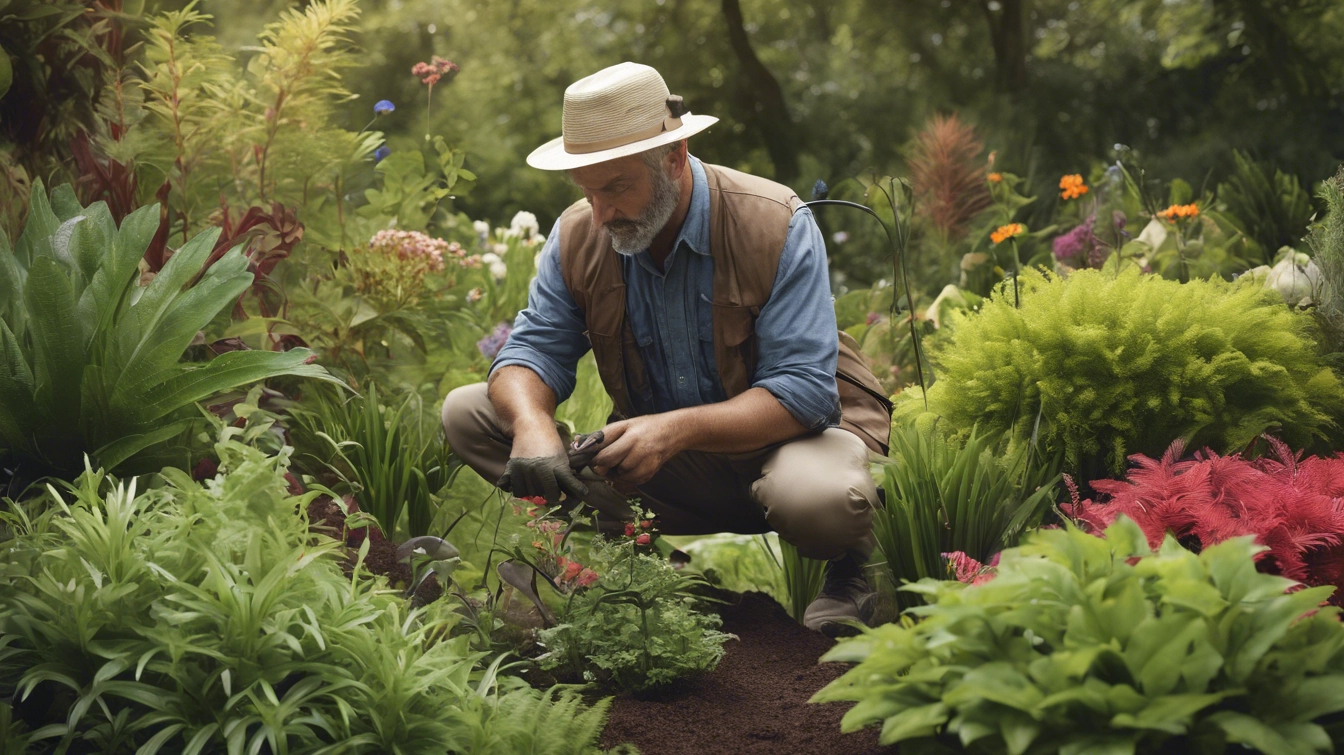How to Conduct a Site Assessment for Native Plant Garden Success | Belfield Botanica

Site Assessment: The Key to Native Garden Success
One of the most essential principles in gardening is “right plant, right spot.” But how do you ensure your chosen plants will thrive in your space? The answer lies in a thorough site assessment, a critical first step for any planned garden. Whether designing a new landscape or revitalizing an existing one, understanding your site’s unique characteristics—such as soil type, drainage, and vegetation—will set your garden up for long-term success.
At Belfield Botanica, we believe that every garden needs a site assessment before planting begins. By evaluating your soil and landscape conditions, we can guide you in selecting the perfect native plants that will flourish with minimal maintenance. Let’s explore why this step is so crucial to creating a thriving, sustainable garden.

Why a Site Assessment is Important
The foundation of any successful garden is the soil. By digging a few small holes and observing the top 6-12 inches of your soil, we can learn valuable information about its structure, moisture retention, and suitability for different plant species. Soil conditions often vary based on construction practices, past amendments, and environmental impacts.
At Belfield Botanica, we remind clients that no matter how challenging their soil may seem—whether it’s heavy clay, sandy, or somewhere in between—there are native plants that are perfectly suited to thrive in those conditions. The key is to understand what kind of soil you’re working with.
Here’s how different soil types affect plant selection:
•Sandy soils: Ideal for plants that thrive in drier conditions.
•Clay/loam soils: Support medium moisture plants.
•Sandy clays: Plant choices depend on slope and drainage.
•Sandy loams: Generally medium-dry, but always observe water flow.
Vegetation, Maintenance, and Site Preparation
Your garden’s existing vegetation tells the story of the land. Weeds, for instance, can provide clues about soil health and the necessary maintenance practices moving forward. Invasive species like Bermuda grass may require particular control measures, but even weeds can add organic matter to your soil. No matter how unwanted, a site with some form of vegetation is often better prepared for planting than a barren plot covered in mulch.
Regarding site disturbance, it’s essential to assess both physical and chemical disturbances. Physical disturbances like compaction or tilling can break soil structure and encourage weeds. Chemical disturbances, such as excessive fertilizer use, can upset the soil’s nutrient balance. We consider these factors when planning your garden to ensure a stable, thriving environment for your native plants.
Common Soil Assessments
Here are some common soil conditions we encounter during site assessments:
1. New Construction (2-10 years old): Often has heavily disturbed builder’s soil, typically clay-heavy with little organic matter.
2. Recent Construction (10-20 years old): Slightly disturbed, with around 4 inches of friable soil and early signs of plant life.
3. Older Construction (20+ years old): Rich organic soil with deep, flaky layers that support healthy plant growth.
4. Farm or Undisturbed Soil: Variable disturbance with 2-6+ inches of friable soil, depending on previous land use.
Conclusion
A proper site assessment is crucial to any garden’s success. We can help you create a garden that thrives in its environment by evaluating your soil, vegetation, and past maintenance practices. At Belfield Botanica, we work closely with you to ensure that each plant is placed in the ideal spot for optimal growth and sustainability, following the time-tested principle of “right plant, right spot.”
Ready to transform your garden with native plants? Contact Belfield Botanica for expert guidance on on-site assessments and native plant selection. We’re here to help you create a sustainable, beautiful garden that will thrive for years.

Leave a Reply